
Team Screaming Seagulls
Hey, GTM Engineers!
What’s the secret to build great AI prompts for Claygent (or in general)?
Let me take you behind the scenes of how I do it for customers at Clay. This is a process I’ve developed that’s been consistently produces great outputs.
But first, did you catch wind of the GTM Engineer content competition?
The short of it is my team ‘Screaming Seagulls’ will be dropping template, prompts, and our best Clay tips. Here’s who to follow on Screaming Seagulls so you don’t miss the action:
Back to this week’s post. These are these steps and general process I take when building custom Claygents for customers:
Objective
Possibilities
What are the steps to get there?
Considerations
Build prompt
Test prompt & spot check
Iterate with your AI side kick
Repeat step 6
Organize
Add to Prompt Library + Create Template
Other Tips for Fine Tuning
This may seem like a lot, but it can be pretty fun and you’ll almost always learn things along the way.
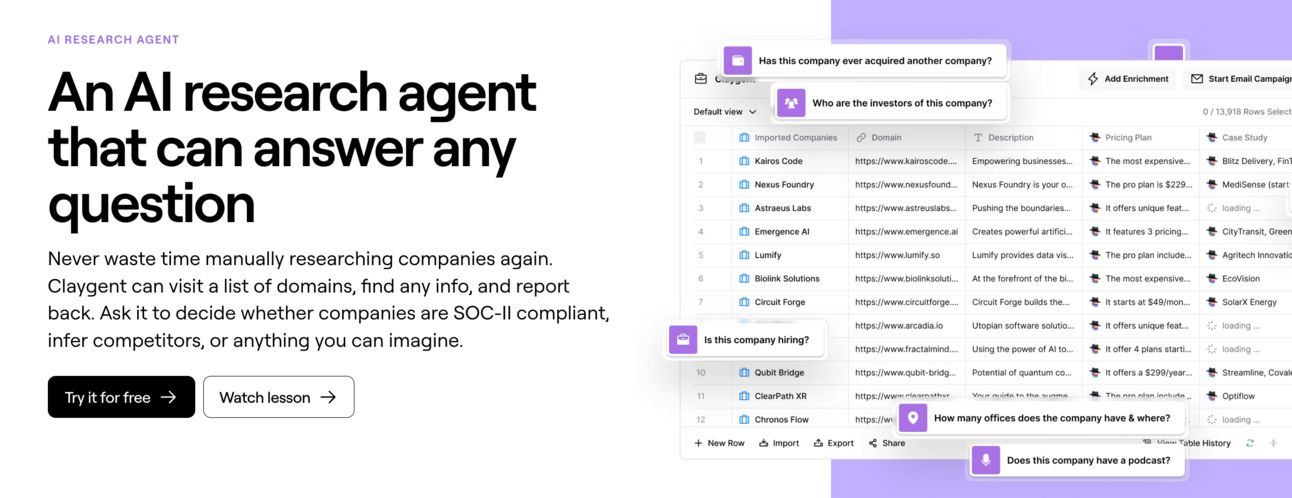
1. Objective
What do I ultimately want to achieve with the prompt I’m developing?
In the context of PLG companies - I want to figure out all ways I can derive or infer insights from an email address to use for sales and marketing purposes.
2. Possibilities
Today I validate emails in Clay to figure out if they can be used, if they are personal, or work emails, and then use the email in a waterfall enrichment to find a LinkedIn profile. But, am I missing anything?
Turns out I was missing a lot. This is what I asked ChatGPT (I also use Perplexity for similar questions):
You're a technologist who specializes in figuring out all of the different insights you can infer from data. For example, if you have a service account email (like [email protected]) then you can figure out the likely team that is using your service.
What are all of the insights that can be inferred from just looking at an email address and validating it?
This is what I got back:

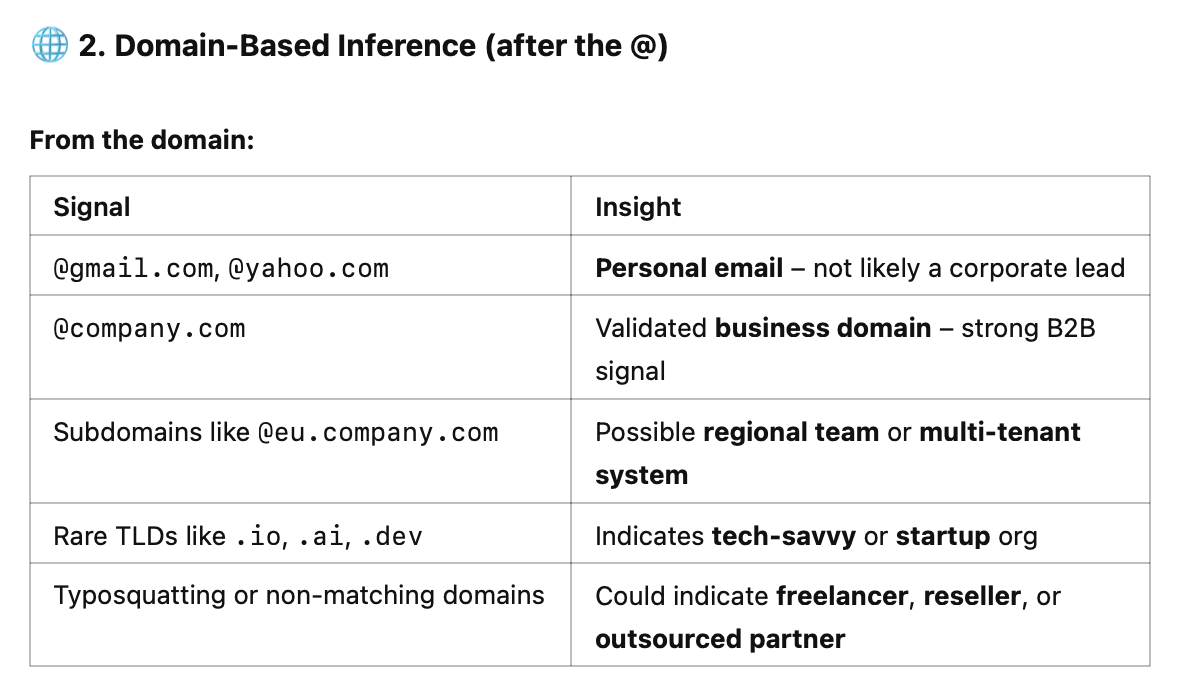
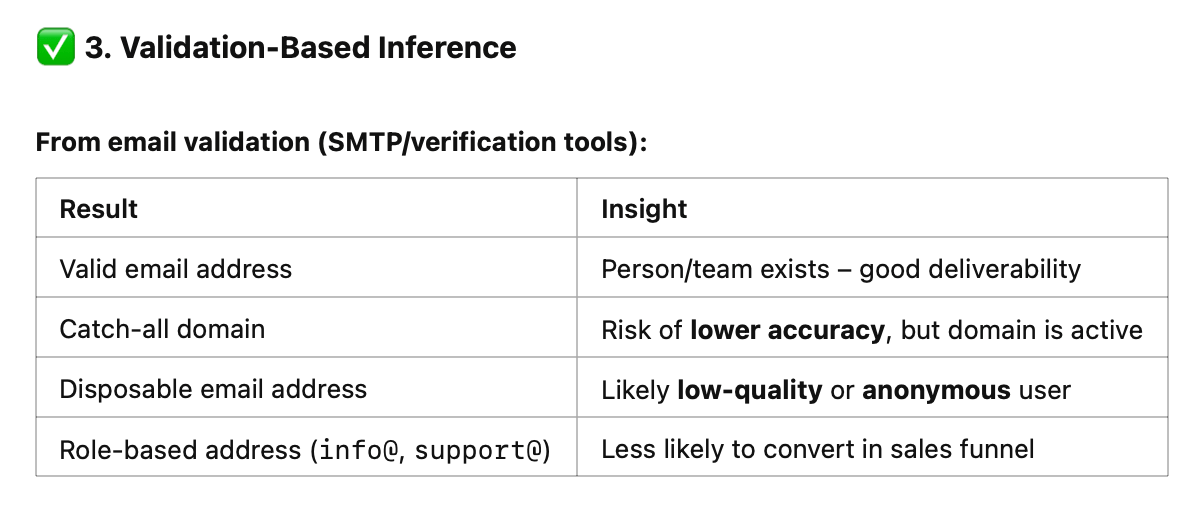

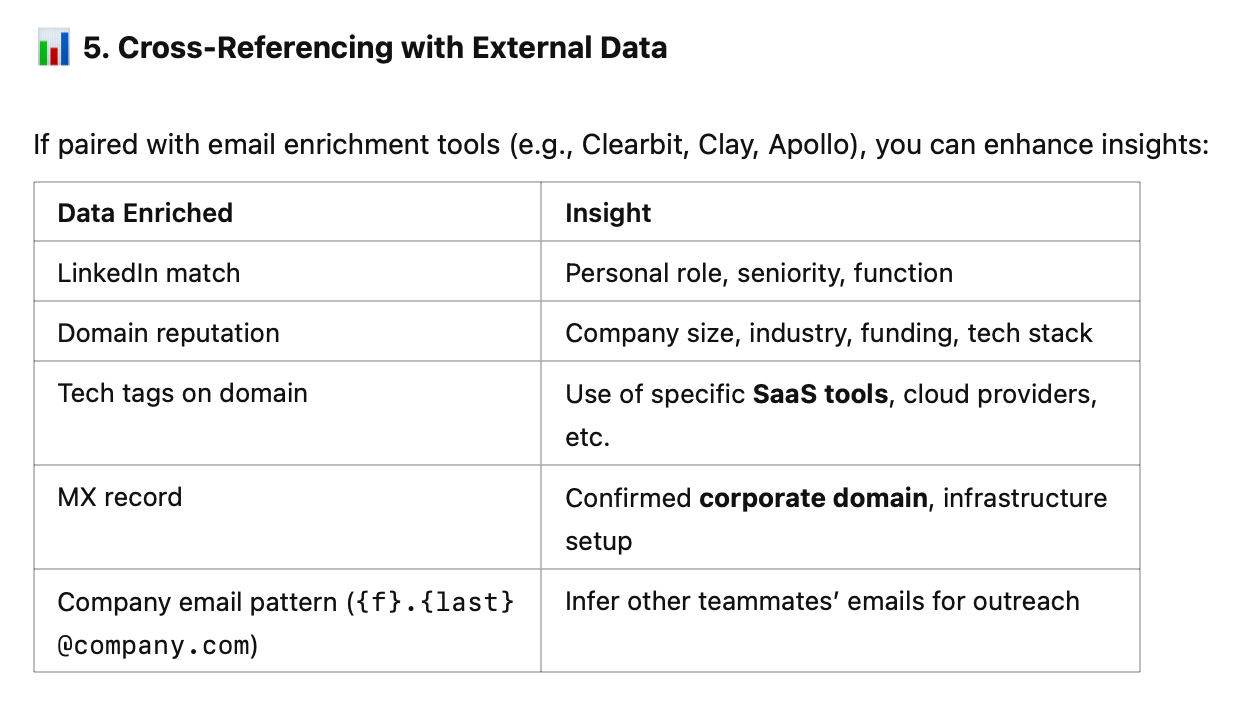
Useful Outcomes
Most people just classify personal emails vs. work emails.
But now that we have additional insights, we can build out a more powerful workflow/prompt.
This is how I’ll use the insights:
Classify the email into one of the following
Personal Email
Work Email
Service Email
Cannot Determine
Identify service accounts to:
Reduces noise for sales reps
Tells us what department is using the service
Now that we have the department, we can source people in that department
The use of a service email tells us this could be more significant usage compared to an individual user
Extract the name + company (if it’s a work email)
This gives more additional inputs to improve coverage and accuracy of finding LinkedIn URLs with Claygent
The use of this approach in conjunction with waterfall for finding the LinkedIN URL increases coverage
3. Steps
Now lets figure out what steps the agent needs to take to get us to the above.
There’s 2 ways I do this:
Use Clay’s Meta Prompter to get a baseline prompt
Ask Perplexity or ChatGPT what the steps would be so we can include in the prompt
4. Considerations
This prompt likely doesn’t need any. However, sometimes I ask AI separately what constraints, guidelines, or simply “what else am I missing?”. This adds another layer of learning and works great for building more complex chain-of-thought prompts like the previous one I shared to find GTM Ideal Customer Signals.
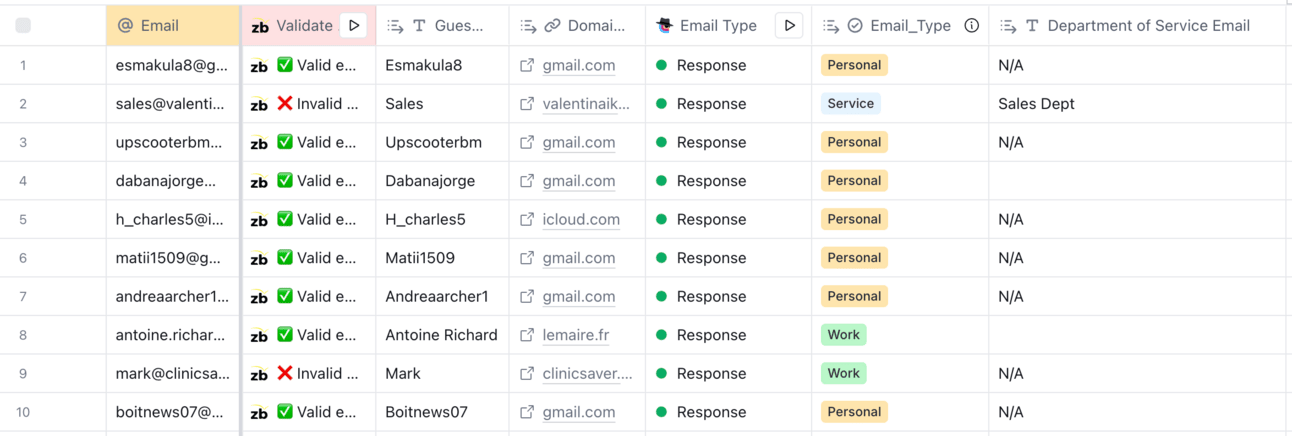
5. Build Prompt
I do one of 2 things:
Use Clay’s Meta Prompter (see below)
Prompt ChatGPT or Claude
